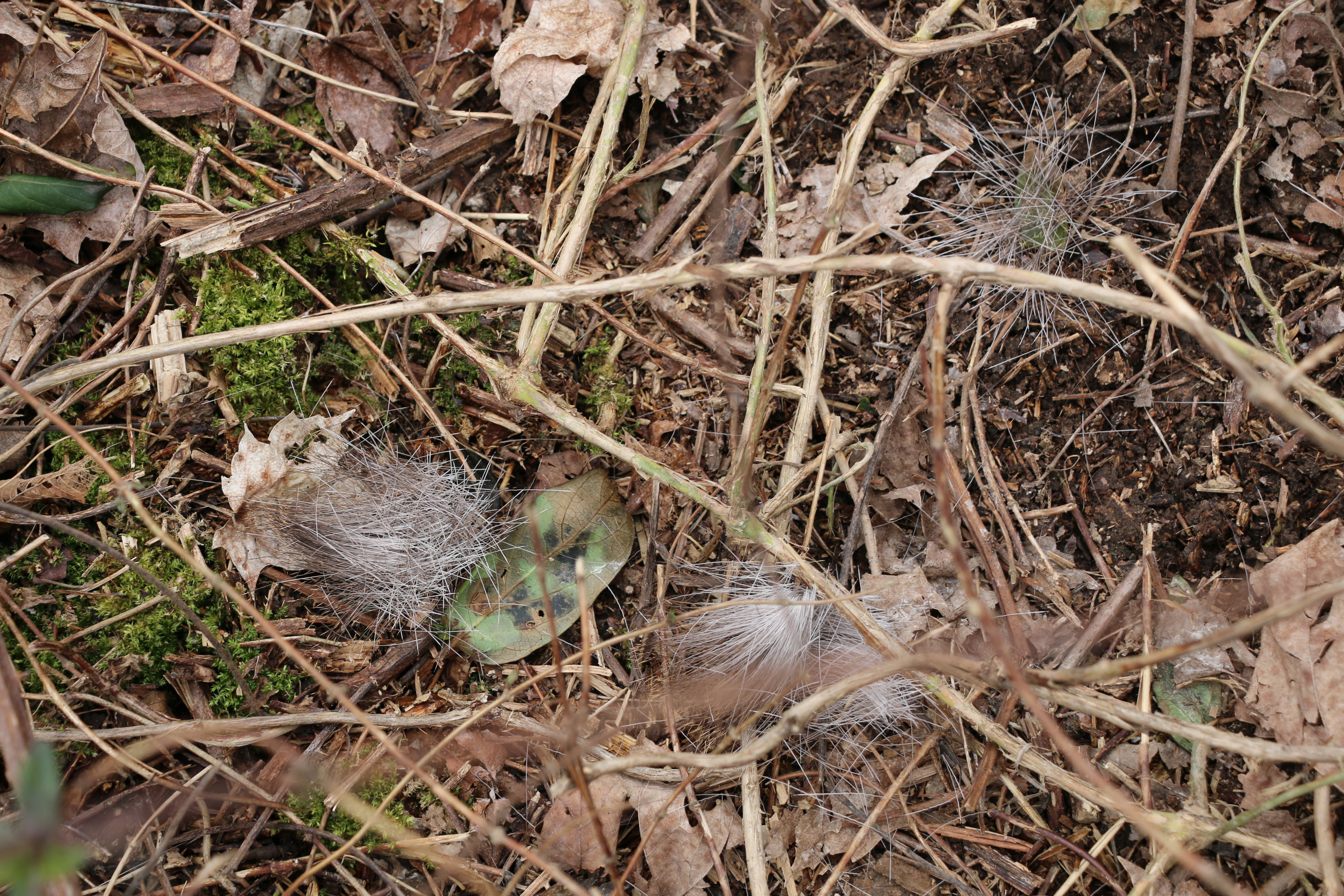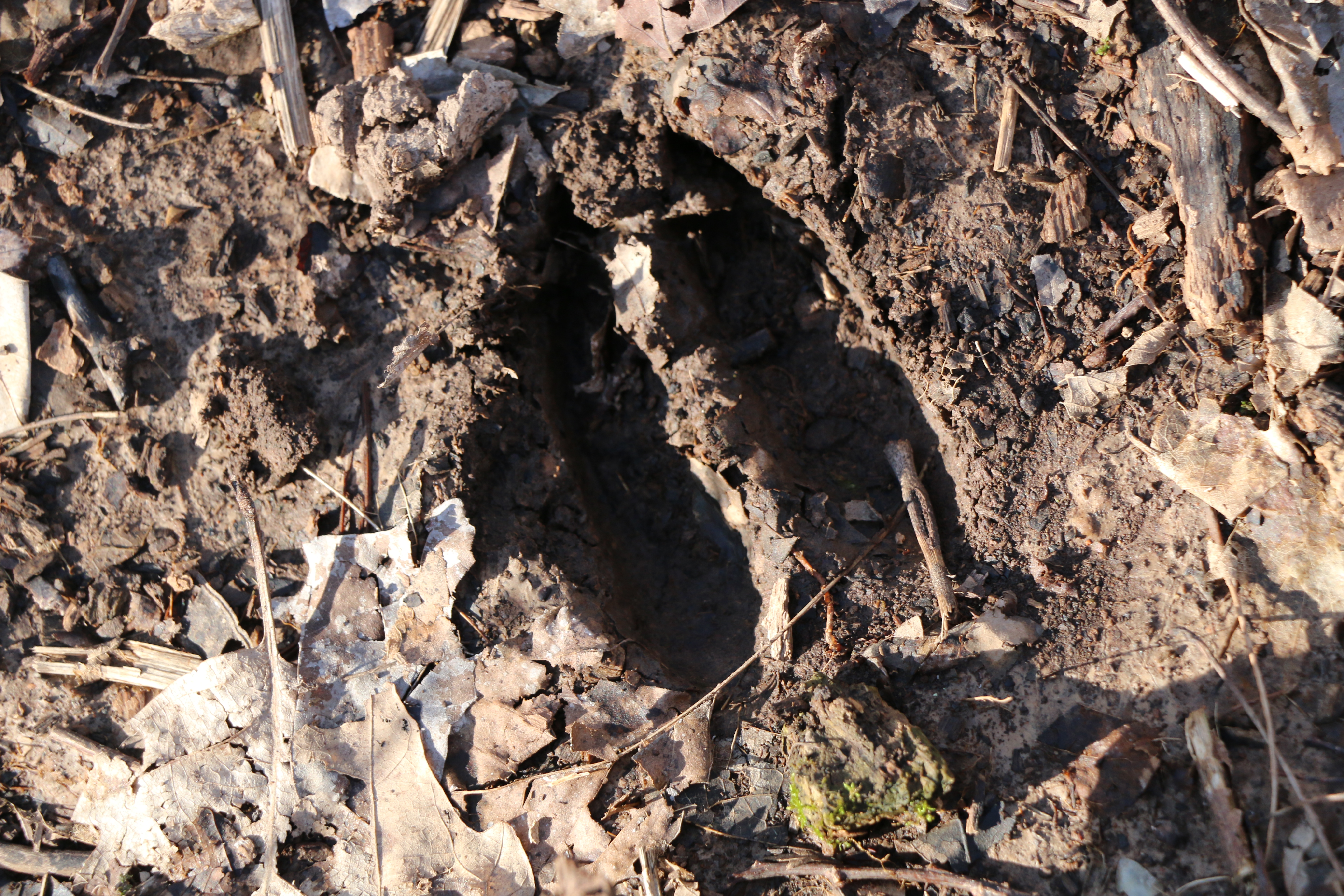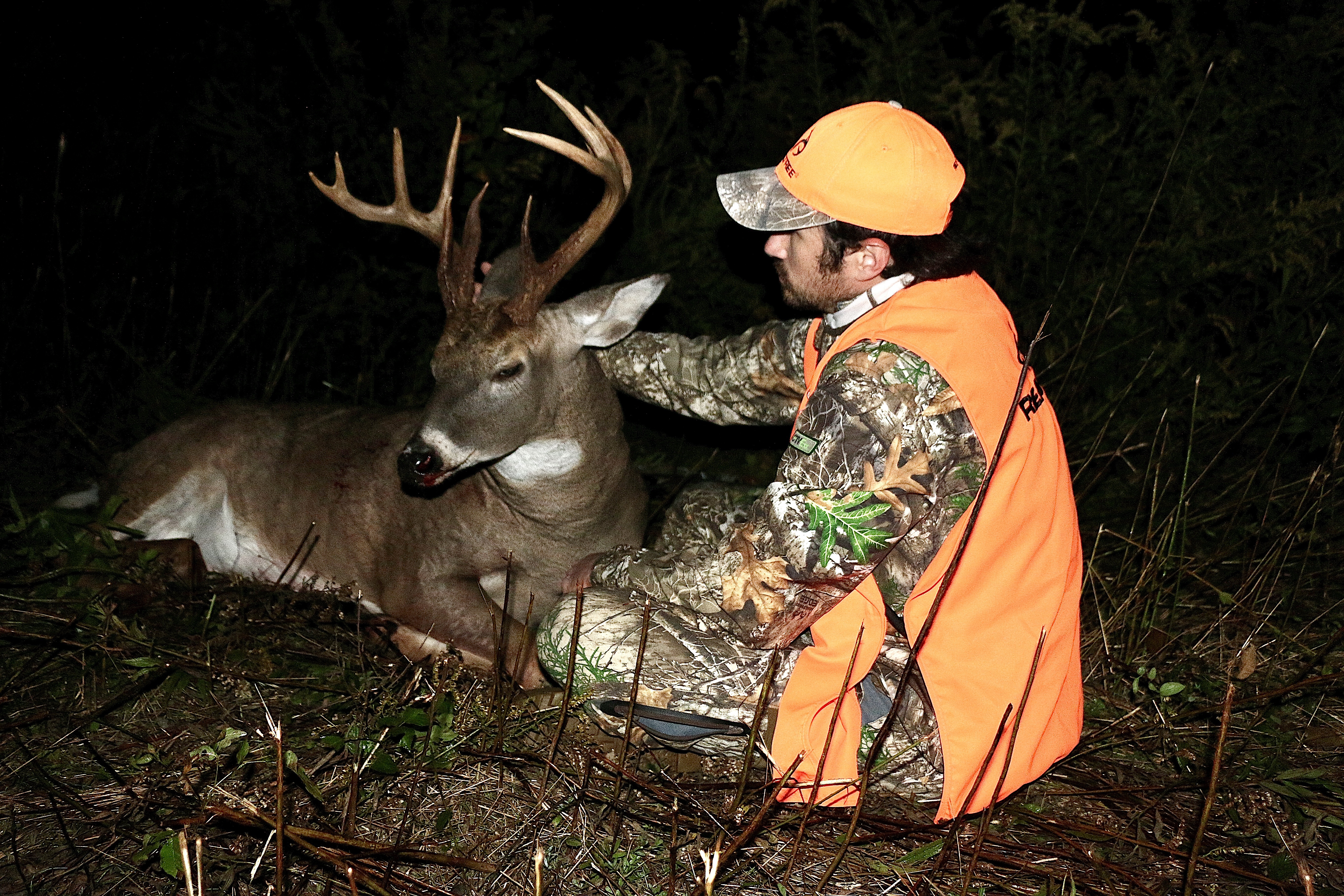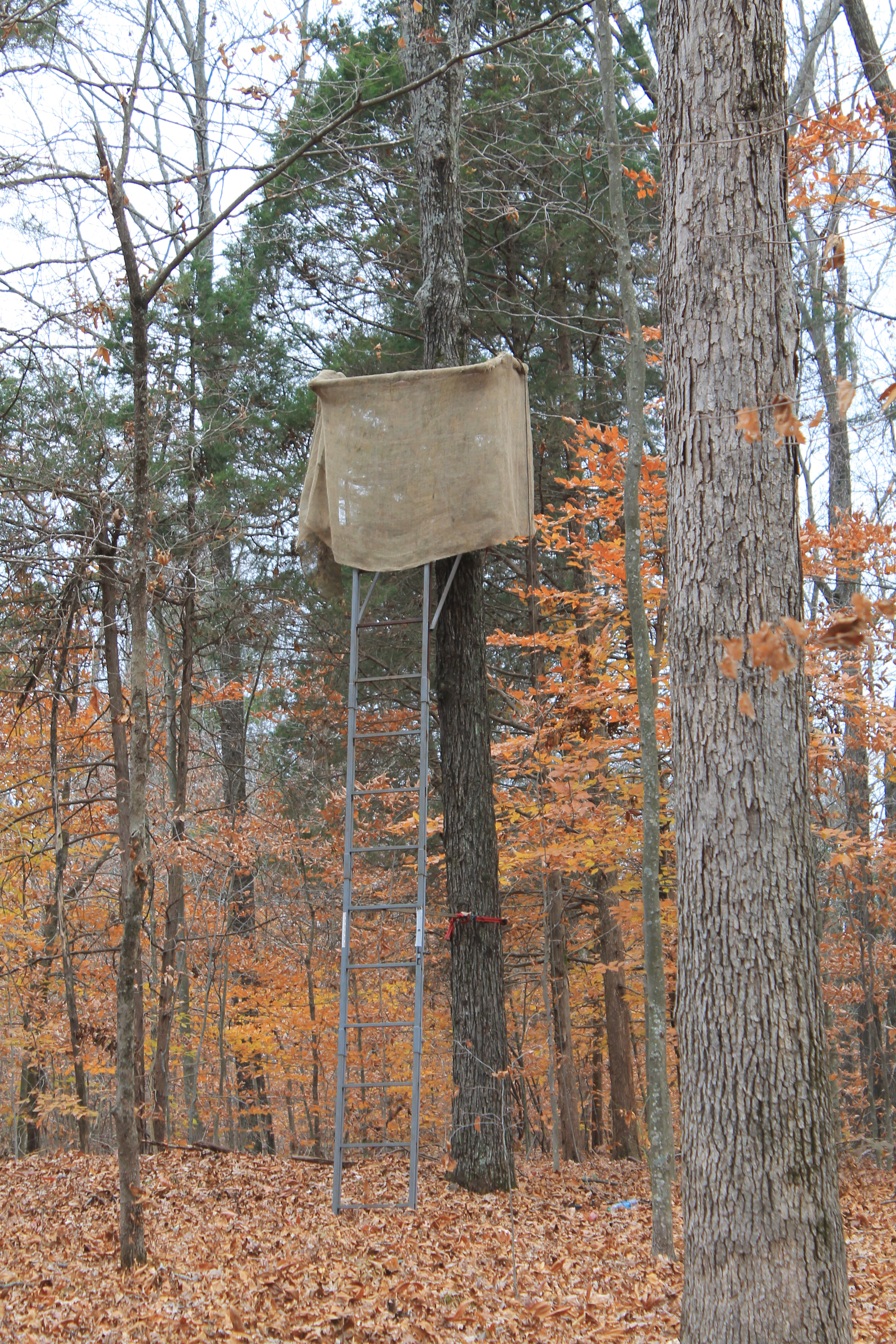
You can learn a lot with a good list of question marks
You remember that game we played as kids? You know, the one where we asked 20 questions to determine what the other person was thinking about? Yeah, every hunter should play that game with landowners before and after leasing or gaining permission to hunting their lands. But the focus isn’t to guess the name of some nonsensical object. Rather, it’s all about learning the how, where, when, and why deer use their property.
Hunters can learn a lot from landowners who give them access. This is true for those who hunt by permission or lease hunting land from someone. Those who spend time on the property oftentimes hold valuable knowledge. Here is a series of questions each hunter should ask, why they should ask these, and what information they might glean from doing so.
1. How many deer have been harvested in the past? Knowing how many deer have been harvested in the area can help determine potential deer densities, volume of hunting pressure, and more.
2. Where do you see the most deer? Landowners oftentimes spend more time on their properties than anyone else. They might not be deer hunters, but they know the areas where deer frequent.

Determining where deer bed is a pivotal part of learning a property.
3. What are the biggest bucks you’ve seen? Landowners also tend to know the size of deer they see, where mature bucks appear, and where they don’t. This is information you can use to determine the best areas for big buck sightings.
4. What are the biggest deer that have been tagged? It’s possible other hunters have been using the property before you. If so, ask what they harvested there. Ask for photos of these bucks to determine the caliber of whitetails in the area.
5. Where are the biggest deer seen or harvested? If big deer are historically harvested on the property, ask where these deer were taken, the time of year, and other relevant details. This can help you learn a tract of land much quicker than personal trial and error.
6. What time of year do you see the most and biggest deer? Most properties hit peak performance at one point or another during deer season. This is especially true for smaller properties. Sometimes, this peak is during the early season, pre-rut, rut, late season, or a combination of these. Learning when you’re hunting grounds peak is important.

Knowing how deer traverse a property is very important.
7. Which directions can I access the property from? Access is everything in the world of hunting. If you can’t access the property without spooking deer, it isn’t worth hunting. Generally, you need access from at least two sides of the property to be effective.
8. Are there any other hunters on the property? Knowing if other hunters are present is important for safety purposes. That aside, if you’re hunting by permission, there’s nothing you can say about other hunters being present. If you’re leasing, you have more than enough leverage. Also, if you only want access during deer season, and not all year long, you can leverage that for a slightly lower price.
The author didn’t know this deer was around. However, the landowner saw it while brush hogging. Then, the author was able to move in and harvest the buck.
9. How many hunters will you allow in my party? In most instances, landowners don’t want too many people on their land. This is completely reasonable. If leasing, ask them how many hunters they are comfortable with.
10. Who hunts on neighboring properties, and what do they generally shoot? The landowner might not know much about neighboring landowners and hunters. But if they do, ask them what tends to occur around the property boundaries.
11. Are there any safety hazards in the area? There are many different types of safety hazards, including sinkholes, wells, and more. Asking a landowner where these are located is very important.
12. Does anyone plant crops? If so, where are these located? Crops greatly influence deer. Knowing where grain crops are planted can help you learn a property. Ask for the locations of these.
Asking about crop locations, and food plot possibilities, is very important.
13. Where are water sources located on the property? Water is a major factor in deer movement, especially in areas where it’s limited. Keeping track of these locations can help connect the dots in deer travel patterns.
14. Do you permit food plots and other land management methods? In some instances, landowners might not allow hunters to plant food plots. Keep this in mind and ask whether these are permitted, or not.
15. Am I allowed to put up treestands, position hunting blinds, and cut shooting lanes? Another important question is on the use of treestands, hunting blinds, and other permanent or semi-permanent structures. The same is true for cutting shooting lanes. It’s better to ask this beforehand.

Some landowners have restrictions on treestands and hunting blinds. Ask about these.
16. Are ATVs, UTVs, and vehicles allowed along certain designated paths? Responsible use of ATVs, UTVs, and vehicles won’t damage a property. Still, it’s crucial to ask this question before crossing through fields.
17. What would you like in return for this access? Some landowners might not want anything. Others might demand an expensive lease price. Regardless, you must agree on terms, and this is part of that.
18. Would it be best if we draw up a contract to protect you and me? It’s always good to protect yourself, and the landowner, legally. A contract can help accomplish this task.
19. Would you like that I get hunting land insurance coverage for you and me? The same is true for insurance. Hunters who hunt by permission or lease hunting land can go through the American Hunting Lease Association (https://ahuntinglease.org) to secure an affordable policy that protects both landowners and hunters.
20. Do you want me to help prevent and address trespassing? Once you’ve secured access, one final question is whether you should help deter and otherwise appropriately and safely address trespassing, or not. The legalities of this are different based on location, but the landowner is your primary point of contact for this concern.
All things considered, there are more questions to ask a prospective landowner you hope to hunt on. That said, these are more than enough to get you started. Add in your own inquiries, and you’ll be well on your way to learning that new tract of hunting land.
Article by Josh Honeycutt
Pictures by Josh Honeycutt



